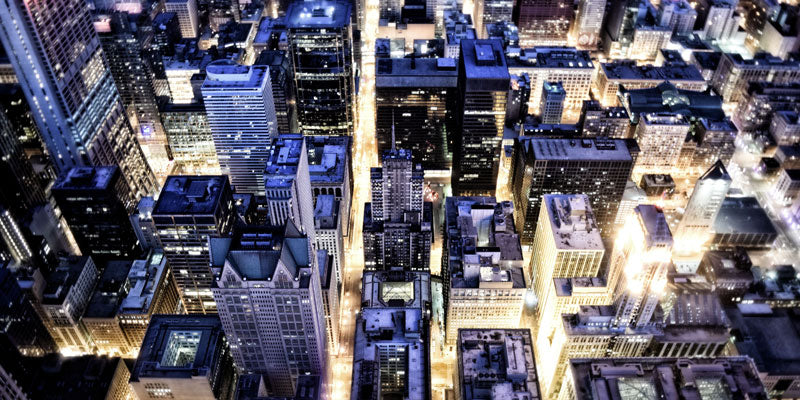How Does Your City's Power Grid Work?

When you walk into a room and flip the switch on the wall or turn on your computer by pressing a power button, you probably don't give much extra thought to how the energy reaches your home, lights come on, or how power is dispersed to start spinning the hard drive. You probably do highly consider the electricity that doesn’t reach your home, however, when you wake up in the middle of the night sweating and don't hear the soft humming of the air conditioner. This can be a big problem when utility equipment isn’t protected from critters and squirrels, who wreak havoc and can cause major power outages.
Getting electricity into your home or business is the function of the power grid. The three stages of the power grid include generation, transmission, and distribution and help power all your electricity-needing appliances and devices. Here’s how they work together to get power to your home.
Generation
Electrical power is created at your local power plant by a spinning generator. What causes that generator to spin? It could be water, diesel, gas, wind, steam, or other “moving” force. Steam, for instance, is produced by burning coal, oil, or natural gas. The steam could also be produced by nuclear fission (the splitting of atoms) in a nuclear power plant.
Transmission
Once the power or electricity is generated, it must be transmitted long distances to get to the consumers. For this to happen, the voltage, or force needed to push that electricity, must be increased. This happens at transmission substations outside of the power plant. The voltage may be increased up to more than 700,000 volts. The electricity then travels along high-voltage transmission lines. These are lined across the land. They are often overhead suspended by multiple tall steel towers that form a straight line, and sometimes, though expensive, are underground.
Distribution
The process of distributing electricity begins at power substations where the voltage is reduced, and the electricity is spread out in different directions. As an analogy, think of large rivers that break off into smaller rivers and creeks. As the electricity branches out, its voltage may be decreased further at transformers that are located outside of neighborhoods, and then again at transformers that are closer to homes and buildings, until the voltage is low enough to safely enter your home through your electric meter.
The electrical grid system is an intricate network and needs to be reliable, free from damages and interruptions from power outages often caused by squirrels and other rodents. Our Line Guard and Pole Guard products help protect utility lines and power poles from these critters, so power distribution is consistent and dependable. For information on how you can shield your home or business from disruptions in the power grid, contact us.
- Choosing a selection results in a full page refresh.


